REVIEW: The Art of Silence at Hot Docs Festival
It’s been a very long time since I watched any film twice in a row, let alone a documentary feature. Actually, I don’t know that I’ve ever rewatched a film immediately after it ended until last night. But The Art of Silence was everything I wanted on a Saturday night — equal parts educational and entertaining — and I needed to make sure I didn’t miss a single detail in the gorgeously constructed film.
A family creating a deeply personal tribute performance. A contemporary passing on the gifts of movement and hope in a difficult time. A grandson seeking to forge his own path, free from the expectations of a family name. A celebrated performer finding meaning and truth in his experience of the world.
Within minutes of the film’s opening credits, it’s clear The Art of Silence is a labour of love. A stunning tapestry of movement, story, and sound, the documentary feature tells the story of famed French clown Marcel Marceau, told by and through the eyes of the people who loved him.
Framed by contextual photographs of the second world war, interviews with family members, friends, and former students are interspersed with film footage of Marceau in performance.
The film cleverly relies on imagery to tell the bulk of the story. Although interviews pepper the film, providing audiences with a narrative structure to follow, the bulk of the story is told through silence: there is very little speech in the film outside of interviews. Select conversations stand out — at one point, Anne Sicco, Marceau’s wife, directs their daughters and grandson through a performance paying homage to the internationally famous clown — but the majority of the footage is quiet, relying on movement sequences, dance, pantomime, and images of nature to tell the story.
Tiny, precise movements transform hands into living creatures and characters. Minute facial expressions tell multitudes.
Cinematographer Raphael Beinder takes the concept of silence and runs with it, crafting rich, visceral images that stuck with me long after the film ended. I’ll admit I wasn’t fully prepared for a section involving the slaughter of a cow — while the killing itself wasn’t captured on camera, the shocking amount of dark blood pouring from a cow’s mouth made more of an impression than may have been intended. But other moments were mesmerisingly beautiful, using images to tell a story in ways that spoken words cannot capture. My favourite part of the film was an extreme close-up of Swiss mime Christoph Staerkle’s eye, reflecting a video of Marceau’s performance. Staerkle, who was born deaf, credits Marceau with changing his worldview and giving him purpose: his reverence and admiration for the French mime is undeniable in the sequence, a silent communication of gratitude and love.
And yet one of the most entrancing aspects of the film is its sound design, crafted by writer-director Maurizius Staerkle Drux. This may seem counterintuitive: in a film titled The Art of Silence, one might think that sound would be an accessory rather than focal point. But Staerkle Drux, who is the son of Christoph Staerkle, is well acquainted with the medium.
The vast bulk of the film’s sound consists of natural soundscapes: rushing water, chirping birds, gently blowing wind, the sound of footsteps on the floor. The sounds you might hear in a moment of silence. It feels organic. The audio design amplifies the imagery rather than distracting from it, mirroring the sounds of pantomime and movement performance.
The Art of Silence offers viewers a new experience at every turn. Every second, every frame of the 88-minute film has been deliberately curated to honour its subject and his work. The interviews and images don’t contain the typical descriptive captions: the audience doesn’t need to know specific names, dates, or even locations. While some of these details are included in the interviews, they’re mostly communicated through images. It’s silent storytelling at its finest, and anything more would distract from the mesmerising movement onscreen.
If you, like me, occasionally struggle watching stage performances on a screen, finding that certain elements are lost in the translation of mediums, you don’t need to worry about The Art of Silence. The liveness of the performances translates easily, a true testament to Marceau’s ability and craft. The camera merely enhances Marceau’s movements, allowing the viewer to catch every miniscule movement, and truly appreciate the precision of his art.
The Art of Silence finds the balance between respect, reverence, and truth. Marcel Marceau used pantomime to find meaning in the world, and the film does justice to his search for the beauty and honesty in life and death.
The Art of Silence is playing as part of the 2022 Hot Docs Festival. In-person screenings will take place on May 2 at Varsity 8, and on May 8 at TIFF Bell Lightbox 2. The film will also be available to stream online May 3–8. For more details and to purchase tickets, visit the Hot Docs website.



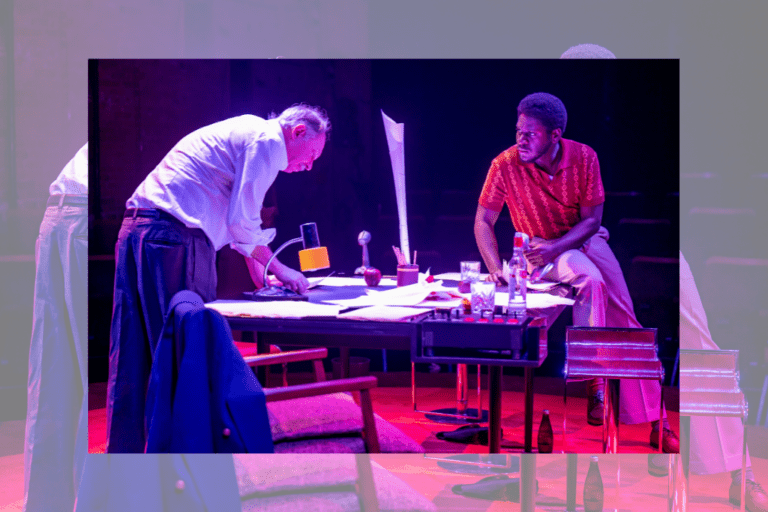
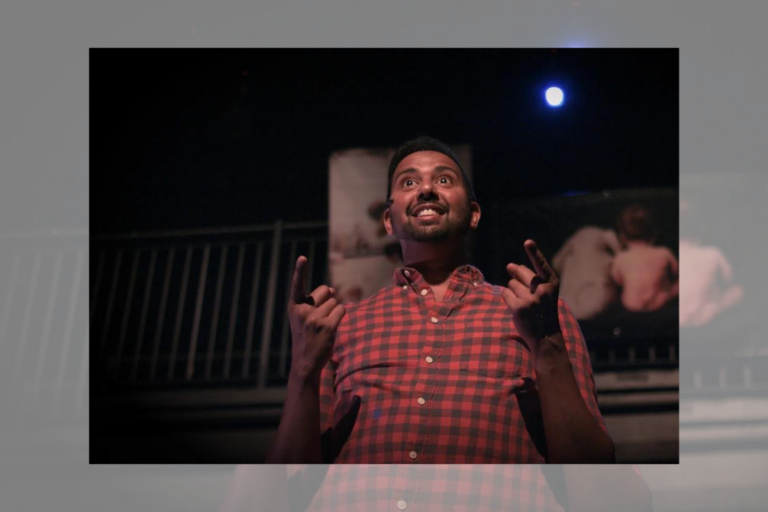
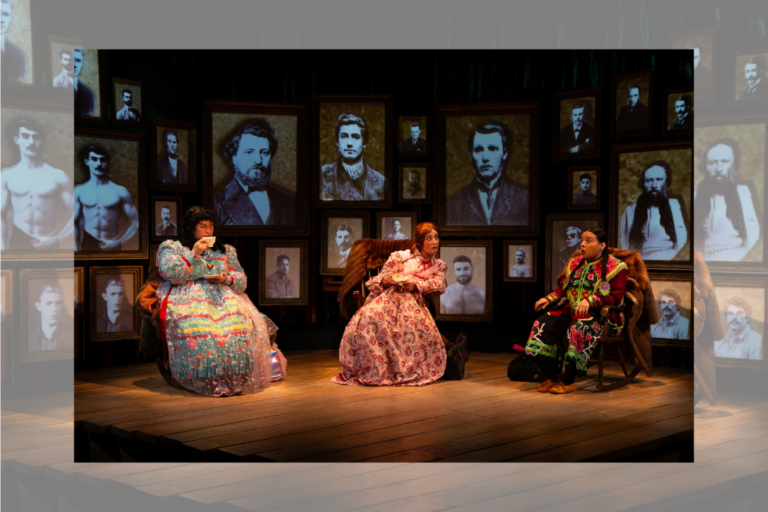
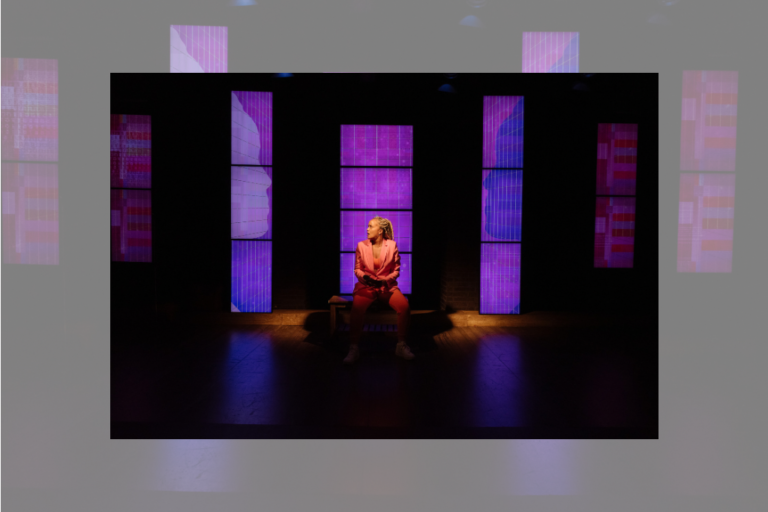
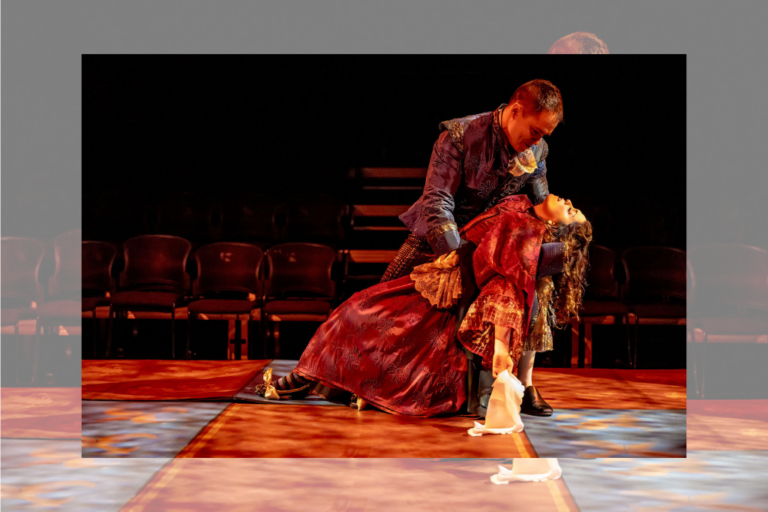
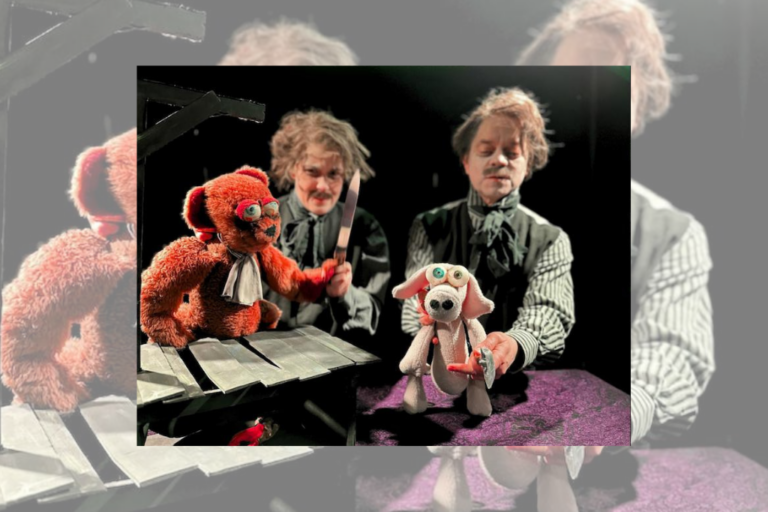
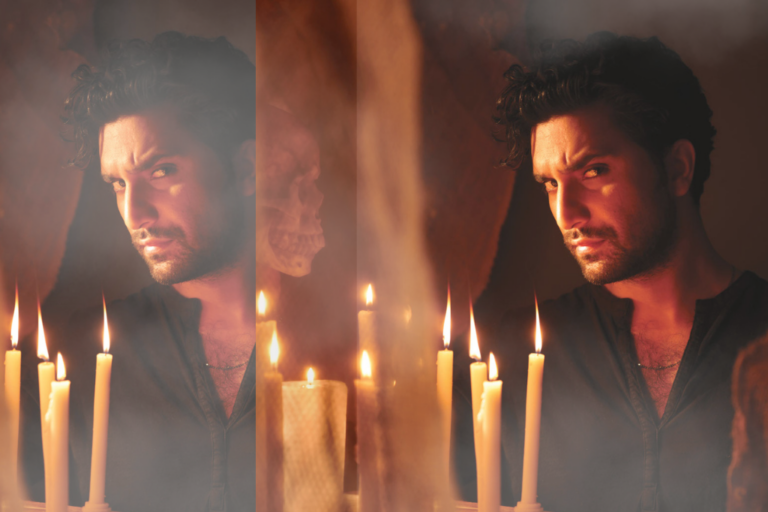

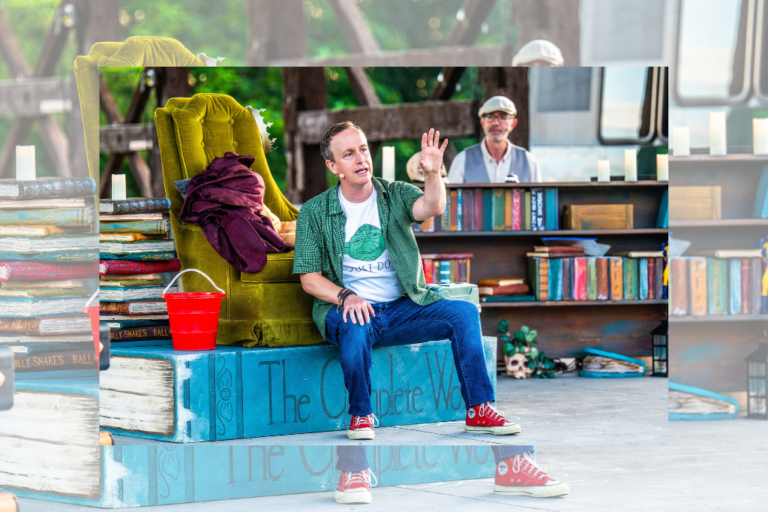
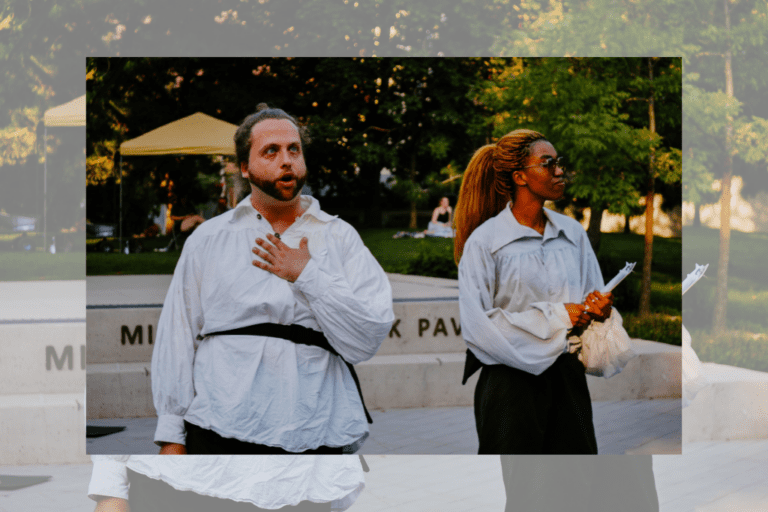
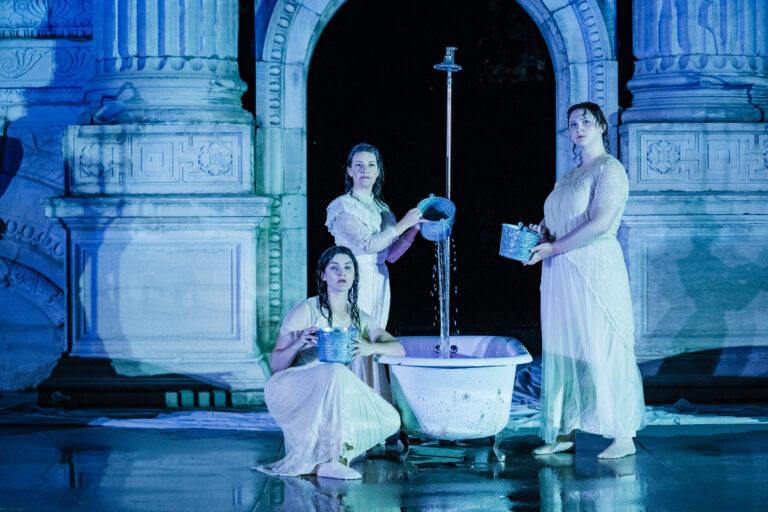

Comments